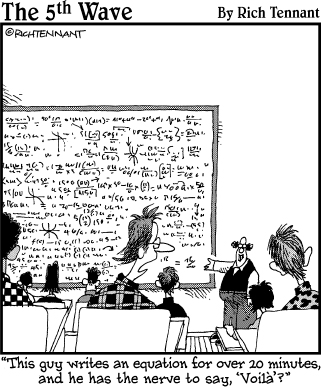Part III
Distributions and the Central Limit Theorem

In this part …
Statisticians study populations; that's their bread and butter. They measure, count, or classify characteristics of a population (using random variables); find probabilities and proportions; and create (or estimate) numerical summaries for the population (that is, param-eters for the population). Sometimes you know a great deal about a population from the start; sometimes it's hazier. This part studies populations under both scenarios.
If a population fits a specific distribution, tools are available for studying it. In Chapters 8 through 10, you see three commonly used distributions: the binomial distribution (for categorical data) and the normal and t- distributions (for numerical data).
If the specifics about a population are unknown (as happens most of the time), you take a sample and generalize its results to the population. However, sample results vary, and you need to take that into account. In Chapter 11 you investigate sample variability, measure the precision of your sample results, and find probabilities for their likelihood. From there you'll be able to properly estimate parameters and test claims made about them, but that's another Part — IV, to be exact.
Get Statistics For Dummies®, 2nd Edition now with the O’Reilly learning platform.
O’Reilly members experience books, live events, courses curated by job role, and more from O’Reilly and nearly 200 top publishers.

